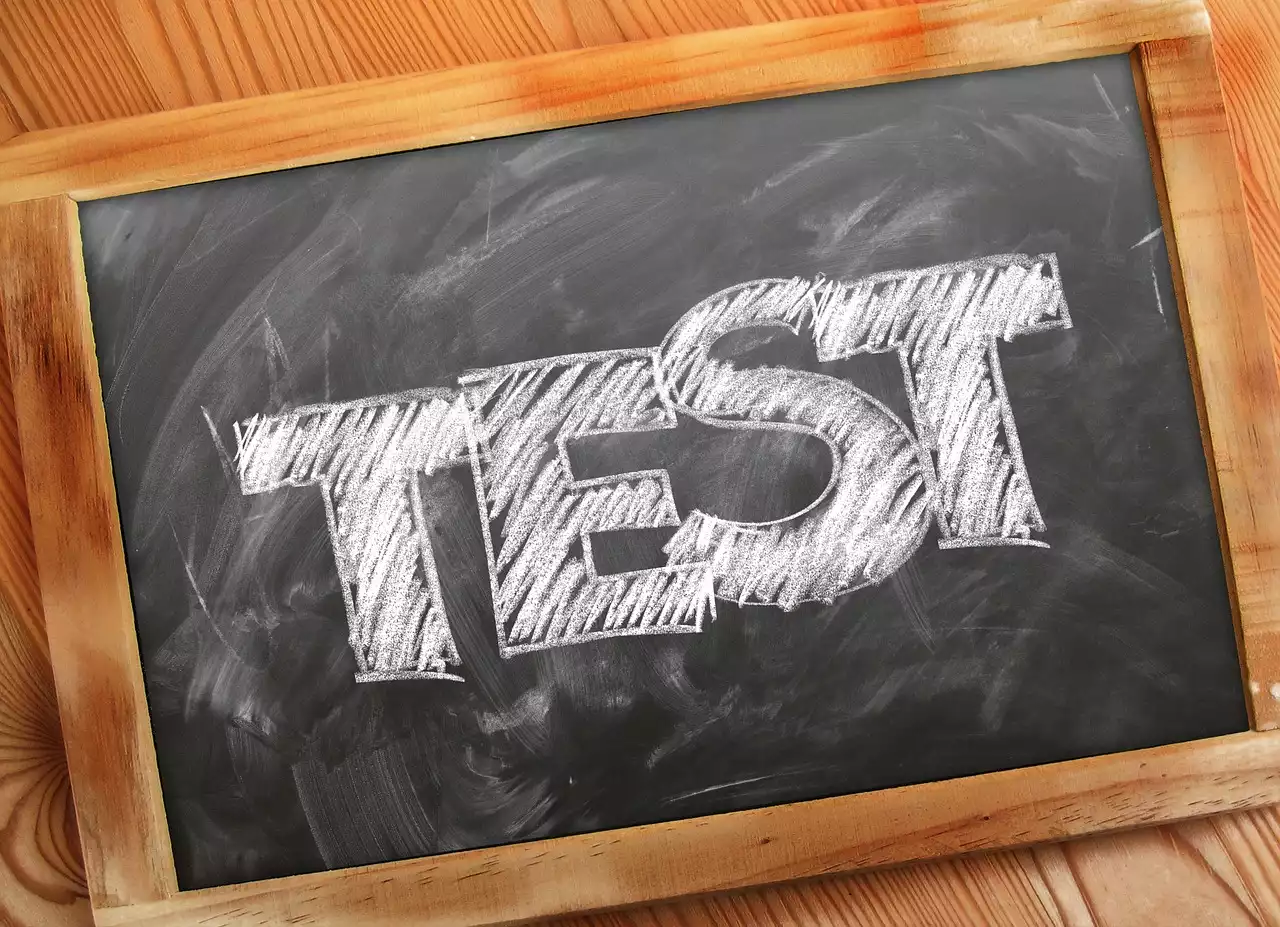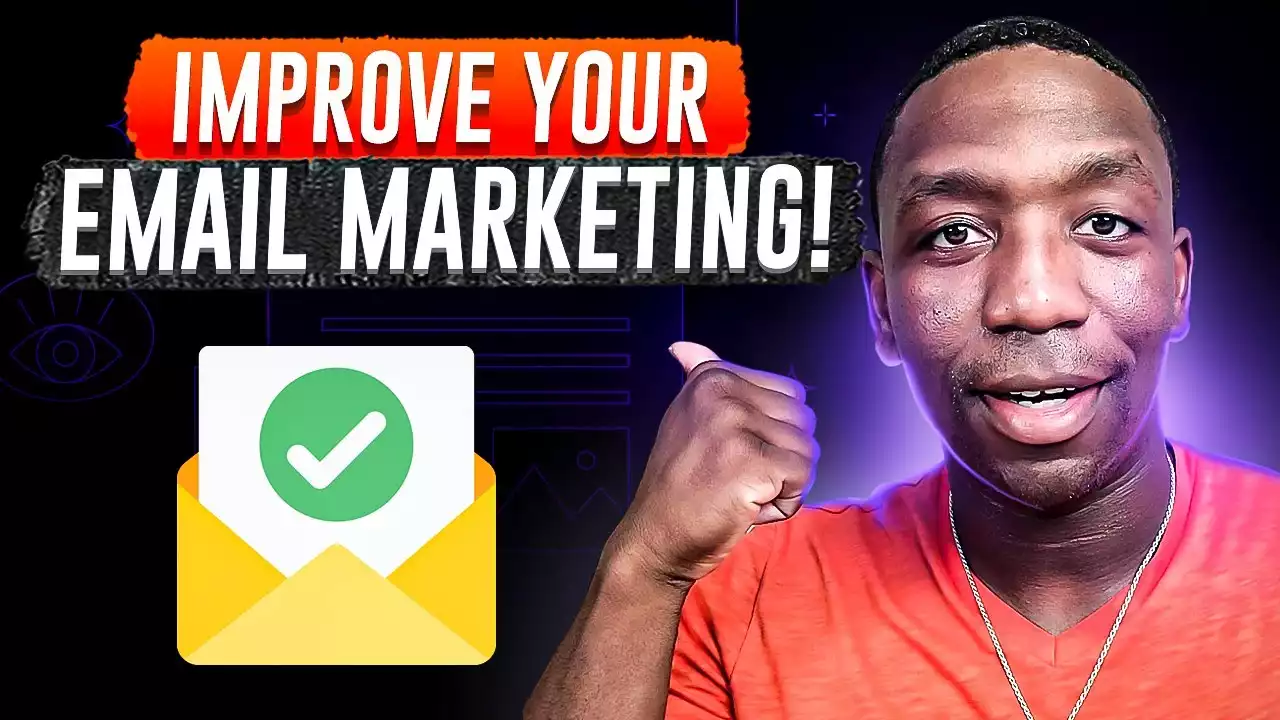Understanding Your Target Audience
The first step in writing high-converting email copy is understanding your target audience. You need to know who your audience is, what their pain points are, and how your product or service can solve their problems. This information will help you tailor your message to their specific needs and interests.
One way to understand your audience is to create buyer personas. A buyer persona is a semi-fictional representation of your ideal customer. It includes information such as age, gender, occupation, interests, and pain points. By creating buyer personas, you can get a better understanding of who your audience is and what motivates them.
Once you have a good understanding of your target audience, you can use that information to craft email copy that speaks directly to their needs and interests. Your emails should be personalized and relevant to each recipient, making them more likely to take action.
Crafting a Compelling Subject Line
The subject line is the first thing your audience sees when they receive your email. It's your chance to make a good first impression and entice them to open your email. A compelling subject line can make all the difference in whether or not your email gets opened.
To craft a compelling subject line, you need to make it attention-grabbing and relevant to your audience. Use action-oriented words and phrases to create a sense of urgency. For example, "Don't miss out on this limited-time offer" or "Get exclusive access to our new product."
You can also use personalization in your subject line to make it more relevant to each recipient. Use their name or location to create a sense of connection and make them feel special.
7 Subject Lines That Get Your Emails Opened
Writing an Attention-Grabbing Opening
Once you've enticed your audience to open your email with a compelling subject line, you need to keep their attention with an attention-grabbing opening. The opening should be short and to the point, and it should make the reader want to keep reading.
One way to do this is to ask a question that piques their curiosity. For example, "Have you ever wondered how to achieve your dream body in just 30 days?" This will make the reader want to keep reading to find out the answer.
Another way to grab their attention is to use a shocking statistic or statement. For example, "Did you know that 80% of people fail to achieve their New Year's resolutions?" This will make the reader want to keep reading to learn more.
Creating a Clear and Concise Message
Once you've grabbed your audience's attention with an attention-grabbing opening, you need to deliver a clear and concise message. Your message should be easy to understand and focused on the benefits of your product or service.
Use short sentences and paragraphs to make your message easy to read. Avoid using jargon or technical language that your audience may not understand. Instead, use simple language that anyone can understand.
Make sure your message is focused on the benefits of your product or service. Your audience wants to know how your product or service can solve their problems and make their lives better. Focus on the benefits, not the features.
Adding a Call-to-Action
Every email should have a clear call-to-action (CTA) that tells the reader what to do next. The CTA should be prominently displayed and easy to find.
Use action-oriented language in your CTA to create a sense of urgency. For example, "Buy now and save 20%" or "Sign up today and get a free trial."
Make sure your CTA is relevant to the message of your email and the needs of your audience. If you're promoting a new product, your CTA should be to buy the product. If you're promoting a free trial, your CTA should be to sign up for the trial.
Using Personalization and Segmentation
Personalization and segmentation are two powerful tools for creating high-converting email copy. Personalization involves using the recipient's name or other personal information to make the email feel more personal and relevant.
Segmentation involves dividing your email list into groups based on their interests or behavior. This allows you to send targeted emails that are more likely to resonate with each group.
Personalization and segmentation can help you create more relevant and engaging email copy that drives conversions. Use them to tailor your message to the specific needs and interests of each recipient.
Optimizing for Mobile Devices
More and more people are checking their email on mobile devices, so it's important to optimize your email copy for mobile. This means using a responsive email template that adapts to different screen sizes and using short paragraphs and sentences that are easy to read on a small screen.
Make sure your images and buttons are large enough to be easily clicked on a touch screen. Use a clear and legible font that can be easily read on a small screen.
By optimizing your email copy for mobile devices, you can ensure that your message reaches your audience no matter where they are.
Testing and Analyzing Your Email Campaigns
Testing and analyzing your email campaigns is essential for improving your email copy and driving conversions. Use A/B testing to test different subject lines, CTAs, and messages to see what works best.
Analyze your email campaigns to see which emails are performing well and which ones aren't. Use this information to improve your future campaigns and create more effective email copy.
Common Mistakes to Avoid in Email Copywriting
There are several common mistakes that marketers make in email copywriting. These include using a generic subject line, using too much jargon or technical language, and failing to include a clear and concise message.
Avoid these mistakes by using personalized subject lines, simple language, and a clear message that focuses on the benefits of your product or service.








.png?size=50)

